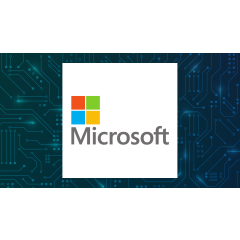Spotlight
Finance
Technology
Google is tipped to introduce an unexpected change with the Pixel 10 camera. The standard…
Join our mailing list
Get the latest finance, business, and tech news and updates directly to your inbox.
Top Stories
Is it possible to have someone advise me on only part of my portfolio and…
Law firm Goodwin Procter’s planned move from the New York Times building on Eighth Avenue…
Prudential Financial Inc. trimmed its position in shares of Fox Factory Holding Corp. (NASDAQ:FOXF –…
The Senate Judiciary Committee moved six bills forward this past week that address prescription drug…
Prudential Financial Inc. lessened its holdings in Toll Brothers, Inc. (NYSE:TOL – Free Report) by…
Microsoft has just released a new AI trick in the form of its Co-Pilot platform…
Prudential Financial Inc. cut its holdings in shares of First Merchants Co. (NASDAQ:FRME – Free…
There may have been a time when children wanted to grow up to be an…
Quattro Financial Advisors LLC boosted its holdings in Microsoft Co. (NASDAQ:MSFT – Free Report) by…
In January 1925, the remote Alaskan town of Nome faced a brewing disaster. A deadly…
Ethical hacking might sound like a contradiction in terms, but it’s actually an important tool…
SPC Financial Inc. increased its holdings in shares of Amazon.com, Inc. (NASDAQ:AMZN) by 0.7% in…









































